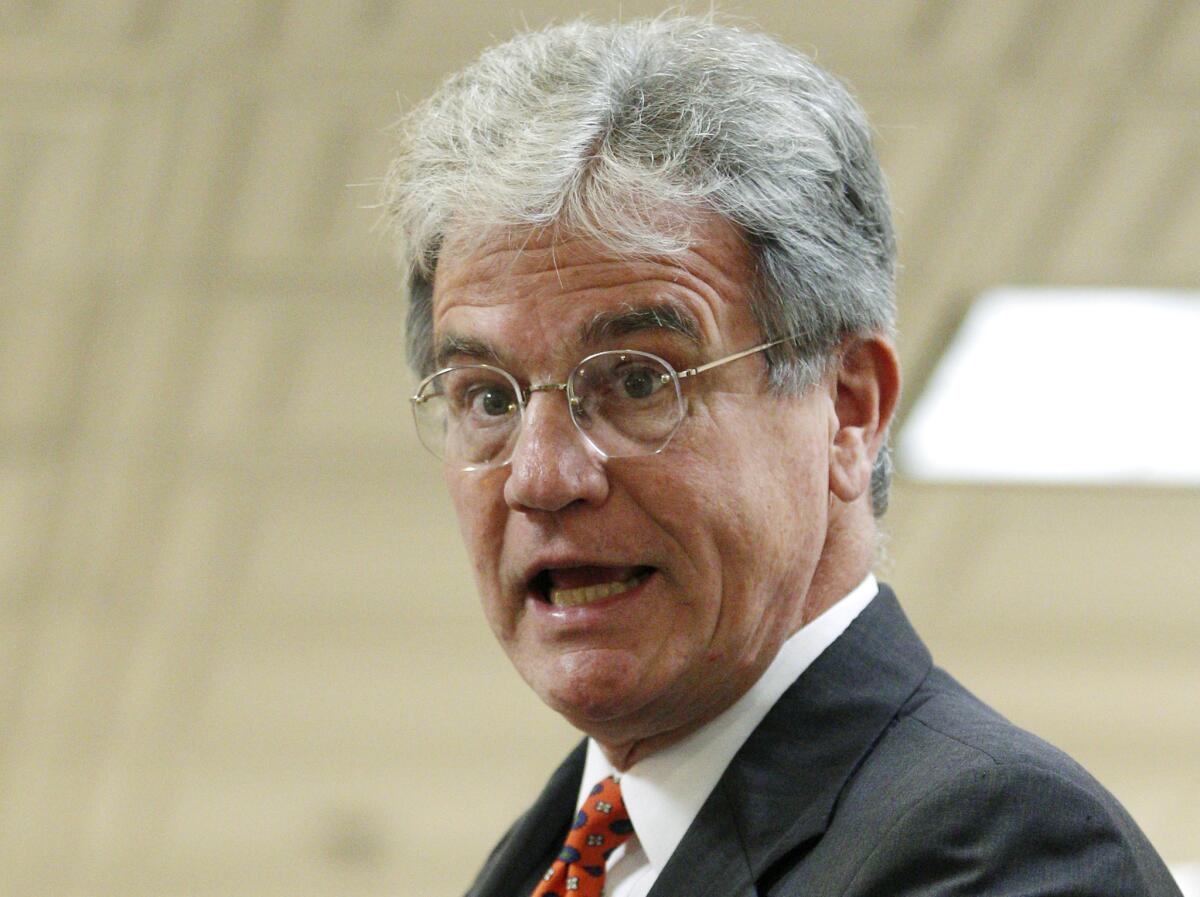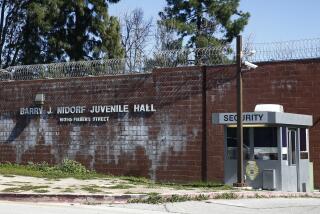Costs exceed results in Medicaid fraud program

WASHINGTON — An audit program meant to combat Medicaid fraud has cost taxpayers about $102 million since 2008 while identifying less than $20 million in overpayments, according to a report released by the nonpartisan Government Accountability Office on Thursday.
The National Medicaid Audit Program used incomplete federal data to conduct 1,550 audits, and apparently because of that, the majority of the audits failed to find any fraud, the GAO said at a Senate hearing.
Yet fraud in Medicare and Medicaid, the federal government’s health insurance programs for elderly, disabled and low-income Americans, continues to cost taxpayers an estimated $60 billion a year, the Justice Department says.
“We’re running around in a circle and the problem’s getting bigger, not smaller,” said Sen. Tom Coburn (R-Okla.), speaking at a Senate Homeland Security federal financial management subcommittee hearing.
Peter Budetti, deputy administrator at the Centers for Medicare and Medicaid Services, assured the committee that his office was redesigning the program.
Budetti’s office has stopped initiating audits based on data from its federal Medicaid database, which originally did not even include the names of hospitals or doctors, essential information needed to detect fraud.
Audits that used the incomplete data only identified overpayments 4% of the time, the GAO found. Instead, the program is moving toward a “collaborative approach,” in which it will use state and federal data to identify areas of potential fraud. In a round of 32 audits using the new approach, the GAO found more than $12 million in possible overpayments.
“Our goals are always to have a positive return on the investment of the taxpayers’ dollars,” Budetti said. “We believe we’re moving in that direction.”
But Sen. Scott Brown (R-Mass.) said it was unbelievable that it could take the program more than four years to identify and fix these inefficiencies. With enrollment in Medicare and Medicaid expected to expand 32% by 2014, Brown questioned why the American people should trust the audit program to combat future Medicaid fraud.
“Basically at some point I would think you would say, ‘My goodness, you’re not getting a good balance for your dollar,’ ” Brown said. “It took you four, five years.”
Previously, states were in charge of monitoring fraud within the Medicaid program, but the Deficit Reduction Act of 2005 created the federal Medicaid Integrity Program to oversee and support state anti-fraud efforts. The program, which was supposed to identify overpayments to doctors and hospitals, instead spent $82.1 million on unsuccessful audits.
“In many ways, these programs resemble a funnel through which significant federal and state resources are being poured in and limited results are trickling out,” Ann Maxwell of the Department of Health and Human Services’ inspector general’s office testified.
To get better results, the audit program should devote resources to improving the quality of Medicaid data and make more data available to states, Maxwell said.
Yet, Carolyn Yocom, healthcare director at the GAO, blamed the wasted federal dollars on a lack of transparency about expenditures, audit outcomes and program improvements.
“The more transparent [the Centers for Medicare and Medicaid Services] is, the more transparent the states are about the issues they’re facing and ways to combat them, the more we have a feedback loop in the process and we can make progress more quickly,” Yocom said.
More to Read
Sign up for Essential California
The most important California stories and recommendations in your inbox every morning.
You may occasionally receive promotional content from the Los Angeles Times.










